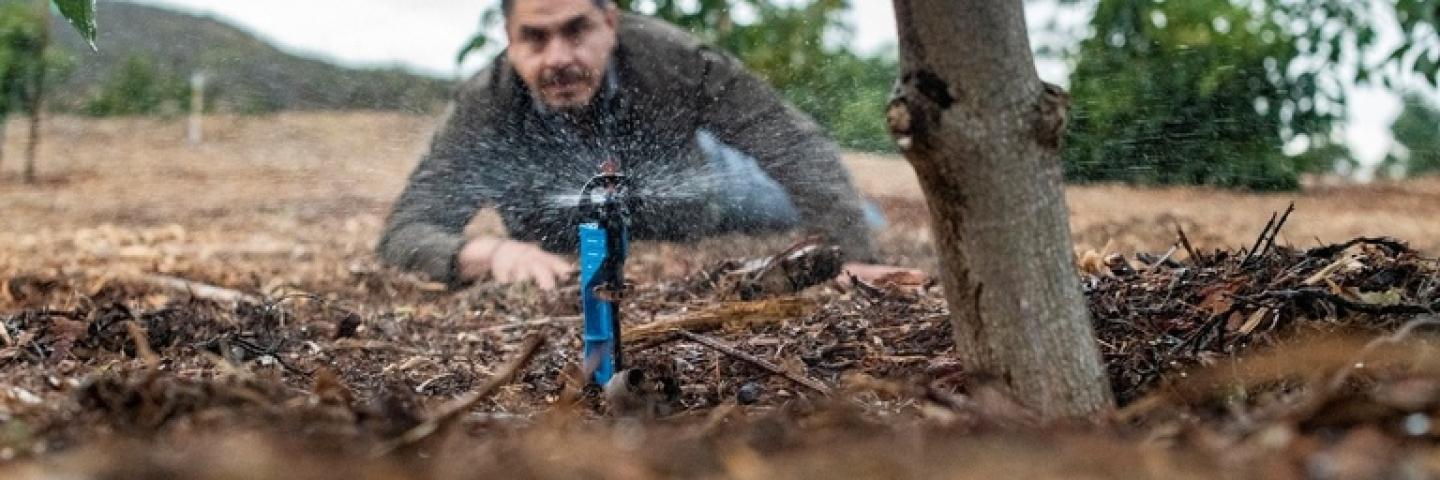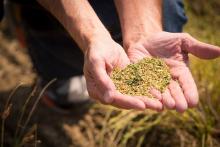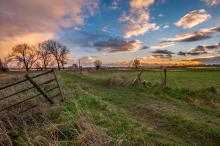
The Conservation Technical Assistance Program (CTA) provides land users with one-on-one advice, proven conservation technologies and the delivery system needed to achieve the benefits of a healthy and productive landscape.
Primary Purposes
The primary purposes of the CTA program are to:
- Reduce soil loss from erosion
- Solve soil, water quality, water conservation, air quality, and agricultural waste management problems
- Reduce potential damage caused by excess water and sedimentation or drought
- Enhance the quality of fish and wildlife habitat
- Improve the long-term land sustainability
- Assist others in facilitating changes in land use as needed for natural resource protection and sustainability
Primary Objectives
The primary objectives of the CTA program are to:
- Assist individuals or groups of decision makers, communities, conservation districts, units of State and local government, tribes, and others to voluntarily conserve, maintain, and improve natural resources.
- Provide community, watershed, and area-wide technical assistance in collaboration with local units of government, to develop and implement resource management plans that conserve, maintain and improve natural resources.
- Assist agricultural producers with complying with the Highly Erodible Land (HEL) and Wetland (Swampbuster) Conservation Compliance Provisions.
- Assist decision-makers to comply with Federal, State, tribal, and local environmental regulations and related requirements, and to prepare them to become eligible to participate in other conservation programs.
- Provide soils information and interpretation to individuals or groups of decision makers, communities, States, and others to aid decision making with regards to management of soil resources.
- Collect, analyze, interpret, display, and disseminate information about the status, condition, and trend of soil, water, and related natural resources so that customers can make informed decisions for natural resource use and management.
- Assess the effects of conservation practices and systems on the condition of natural resources.




